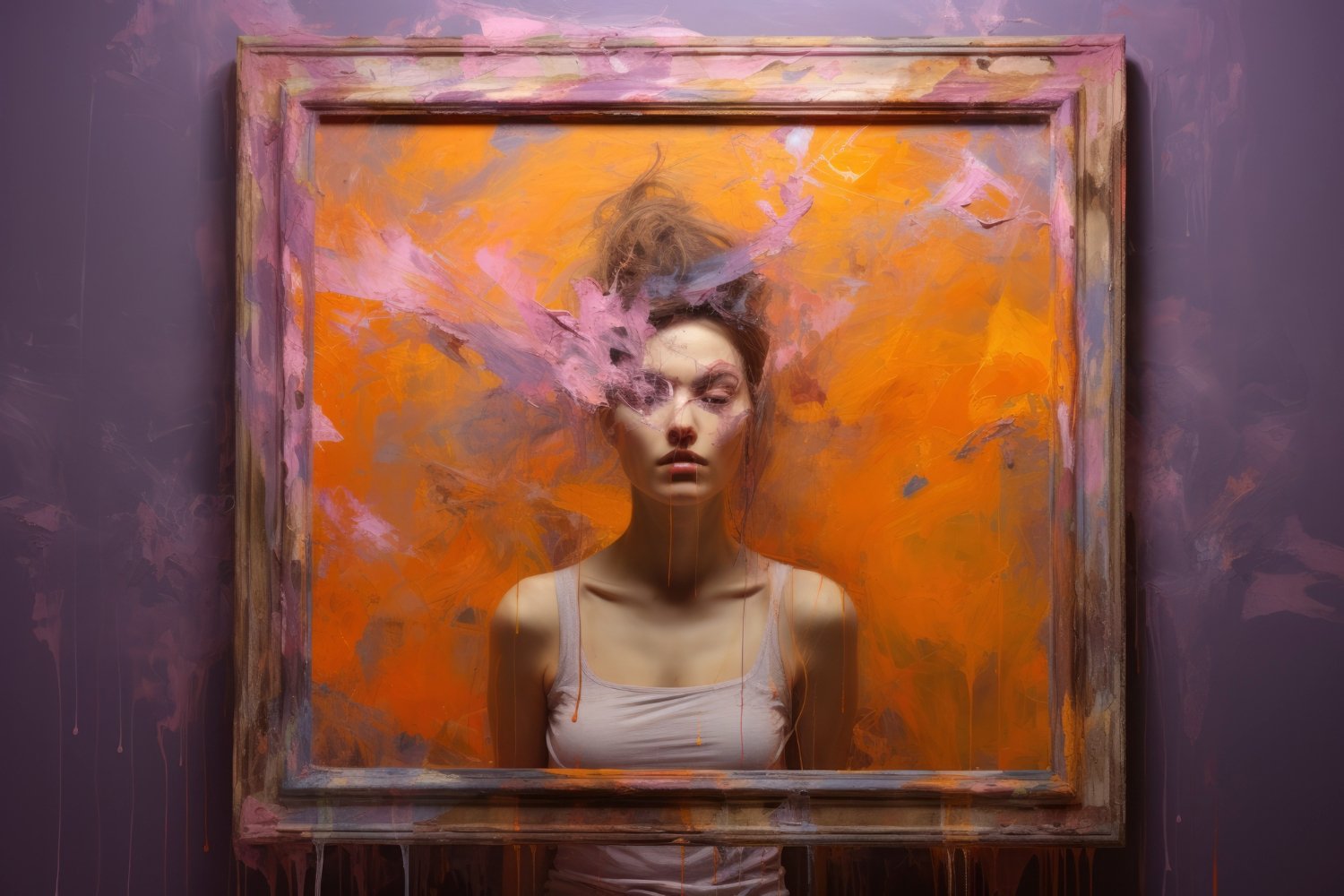Introduction
Computer vision is bringing a fresh perspective to art, especially in painting. By using this technology, computers can “see” and understand images, including details that might be missed by the human eye. With advancements in artificial intelligence (AI), computer vision can identify objects, separate images into sections, and even analyse facial features. TechnoLynx is helping make these tools available to artists, educators, and anyone interested in combining technology and art.
How Computer Vision Works in Art
Computer vision lets computers look at images and make sense of them, similar to how people view and understand art. In paintings, computer vision can identify various objects, analyse scenes, and help people interact with artwork in new ways. With machine learning and deep learning, computers can even recognise complex parts of a painting. For example, they might identify characters in a scene or separate different parts of an image to focus on details.
Key Applications of Computer Vision in Painting
Computer vision is changing art in many ways. Here are a few ways it’s being used with paintings.
Object Detection in Paintings
Object detection finds specific things in images, such as people, objects, or backgrounds. In paintings, this means we can study details more closely. Historians and art lovers can use this to examine hidden details or important symbols within artwork. TechnoLynx provides easy-to-use tools that let people enhance paintings with this technology, making art analysis accessible to all.
Read more: AI in object detection
Breaking Down Images
Image segmentation is a technique that breaks images into smaller parts. For paintings, this means separating different areas in the artwork, like backgrounds and main subjects. It allows for deeper analysis and can even add new digital effects. TechnoLynx offers these tools for artists and educators who want to better understand or teach art.
Analysing Faces in Portraits
Computer vision can recognise and analyse faces, making it useful for studying portraits. By identifying features and expressions, this technology gives artists, researchers, and viewers a closer look at a subject’s personality or mood in the painting. With TechnoLynx, artists can use this facial analysis to bring out emotional depth in their work.
Try our Face Mixing Demo to generate AI images!
Bringing Paintings to Life with Real-Time Interaction
Computer vision allows for real-time interactions, which is great for modern art displays. This means that a painting or digital display can respond to a viewer’s movement or expression. It creates an interactive experience, often used in public installations or museums, where visitors feel more involved in the artwork. TechnoLynx helps set up these interactive elements, giving audiences a new way to connect with art.
Reading Text in Art
Computer vision includes a feature called optical character recognition (OCR), which reads text in images. In paintings, OCR can identify any words or signatures that are part of the artwork. This feature can reveal details about the artist’s intentions or give historical context to the art. TechnoLynx provides tools for this kind of text detection, which can enrich educational displays and art analysis.
Machine Learning’s Role in Art
Machine learning powers computer vision in art. It helps computers identify shapes, colours, and patterns in paintings. By learning from various examples, machine learning models can understand styles and techniques across different art periods.
With this, artists and educators can use AI-driven tools that suggest new ideas or insights about a painting. TechnoLynx provides these AI tools, giving users access to the latest technology for creative projects.
Creating New Art with AI
Deep learning models can even generate new images in a style similar to existing artwork. This is useful for digital artists and anyone experimenting with creative ideas. By using these models, artists can see AI-generated suggestions that reflect their chosen style. TechnoLynx supports these creative experiments by offering tools that make it easy to blend traditional painting techniques with digital innovation.
Sharing Art on Social Media
Art has a huge presence on social media, and computer vision is bringing new possibilities for online engagement. AI-enhanced images can include interactive features like object recognition and text identification, which makes viewing and sharing art more exciting. Social media users can engage with these interactive images, adding likes or comments that may change the display. TechnoLynx offers social media-friendly solutions, connecting the traditional art world with today’s digital audiences.
AI in Art Exhibitions
Computer vision in art doesn’t just stay online. It also plays a big role in art exhibitions. By using facial recognition or object detection, galleries can create exhibits that respond to visitors’ actions, like changing colours based on someone’s gesture or expression.
This makes exhibitions more lively and engaging. TechnoLynx helps galleries and artists set up these installations, creating interactive spaces where visitors become part of the artwork.
TechnoLynx and the Future of Art and Technology
TechnoLynx is dedicated to helping artists, curators, and educators bring AI into their projects. Our solutions make it simple to add features like object detection, text reading, and real-time interaction to paintings. This helps bridge the gap between traditional art and modern technology, allowing artists to express themselves in fresh and exciting ways.
At TechnoLynx, we believe in using technology to support and enhance creativity. By offering AI tools for artists, we hope to make computer vision a valuable part of the art world’s future. We look forward to seeing more artists use these technologies to explore new artistic possibilities.
Computer vision is changing how we view and create art, especially in painting. It helps artists, educators, and viewers appreciate art on a deeper level. As these tools become more available, more people will be able to connect with and understand art in new ways. TechnoLynx is here to support this journey, bringing together art and technology in a way that respects both tradition and innovation. Contact us now to learn more!
Continue reading: AI in Digital Visual Arts: Exploring Creative Frontiers
Image credits: Freepik













